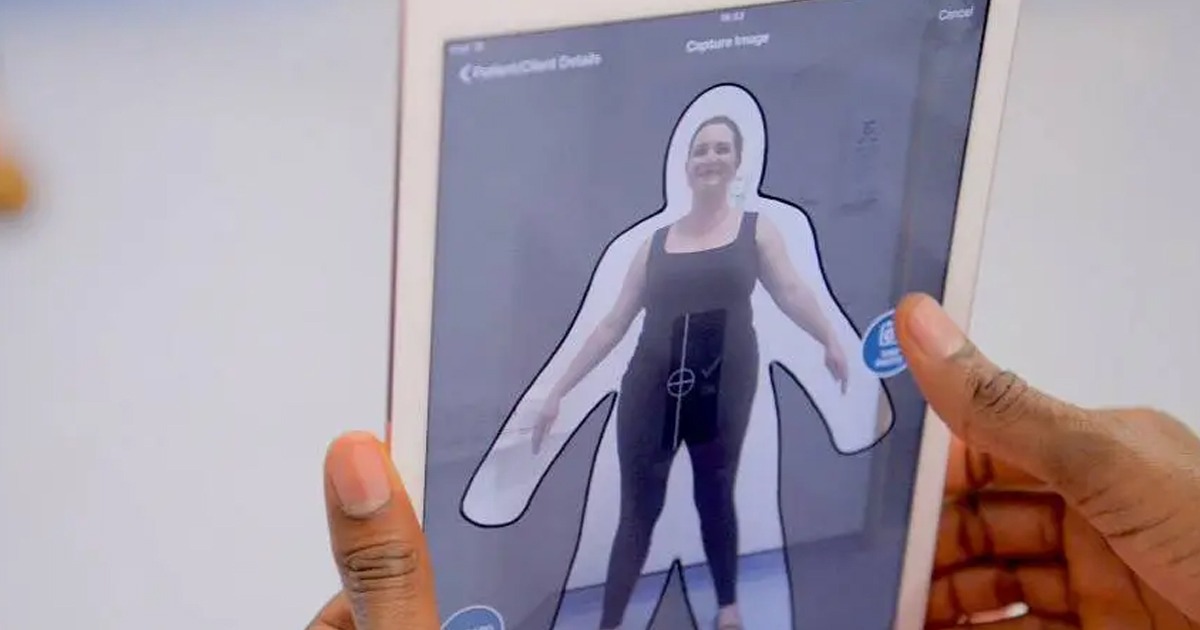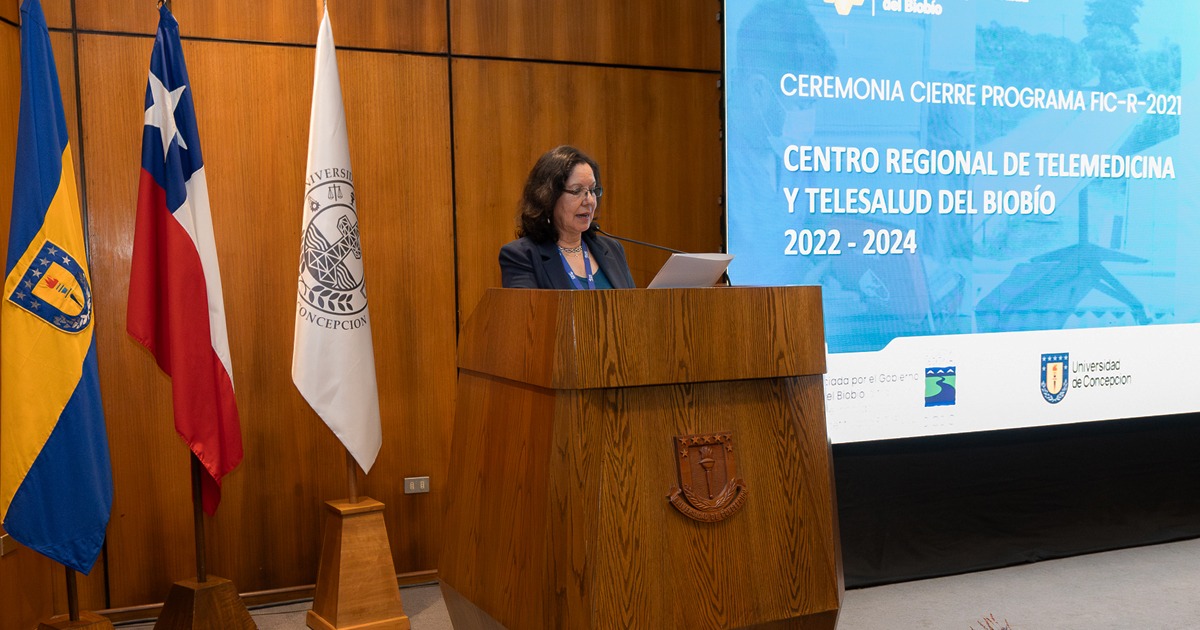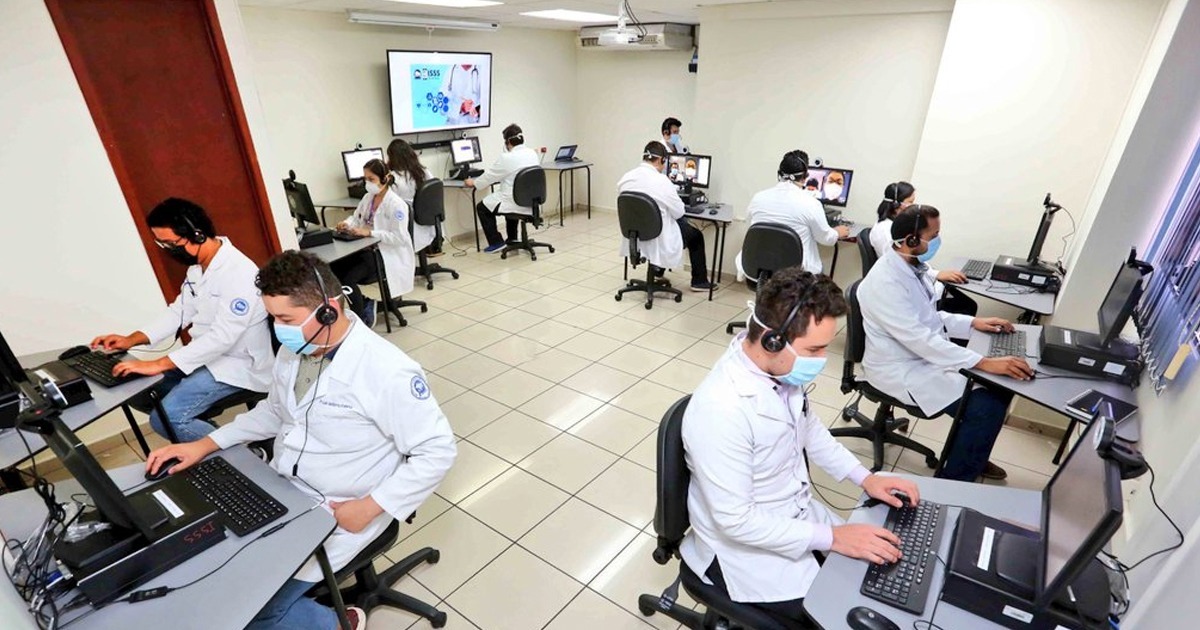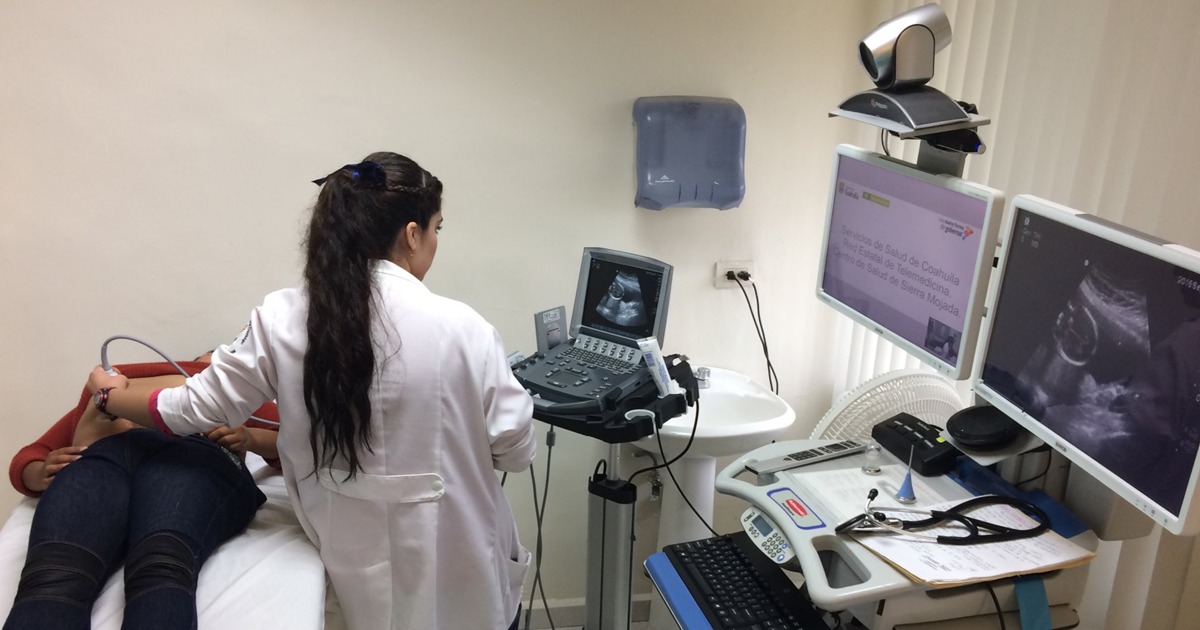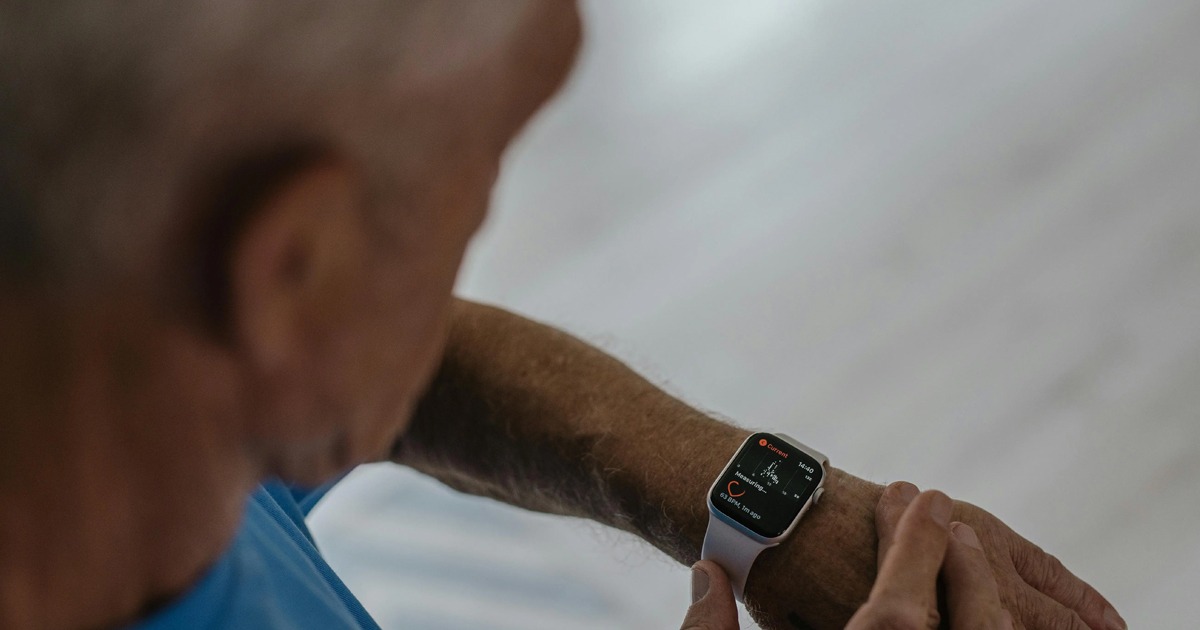In the Mexican health system, the Contact Unit for Distance Health Care (UCADS) is a tool to promote and improve timely medical care at the first level of care, through digital technological components.
The National Center for Technological Excellence in Health (CENETEC) detailed in a guide the logistics and technological criteria for the installation of the services of a UCADS. This with the aim of making information available to professionals in charge of implementing strategies to strengthen primary health care.
The UCADS model is based on a previous one called Remote Interconsultation Contact Unit (UCID), however, this new model incorporates a greater number of remote care services, in addition to interconsultation.
Updating this model is extremely important, given the considerable growth in remote medical care services in Mexico in recent years. Only the state health services throughout Mexico carried out 6 million visits in 2020 and in the first six months of 2021, they registered 7 million visits.
For more than ten years in Mexico, the General Model of Distance Medical Attention was created, which contemplated the processes and technology necessary to carry out remote consultations. However, such strategies were not favored due to the high cost of telemedicine equipment.
Currently, Mexico Digital Health actions in Mexico are guided by the Health Sector Program 2020 - 2024 (PSS), specifically in its priority strategy 3.4 whose purpose is "Modernize the information and communication system with the purpose of guaranteeing reliable information and timely, that facilitates public policy decisions, anticipates the needs of the population and favors cultural relevance in the services provided in the National Health System (SNS)”. Likewise, this strategy seeks the implementation of telemedicine for the care of populations with difficult access.
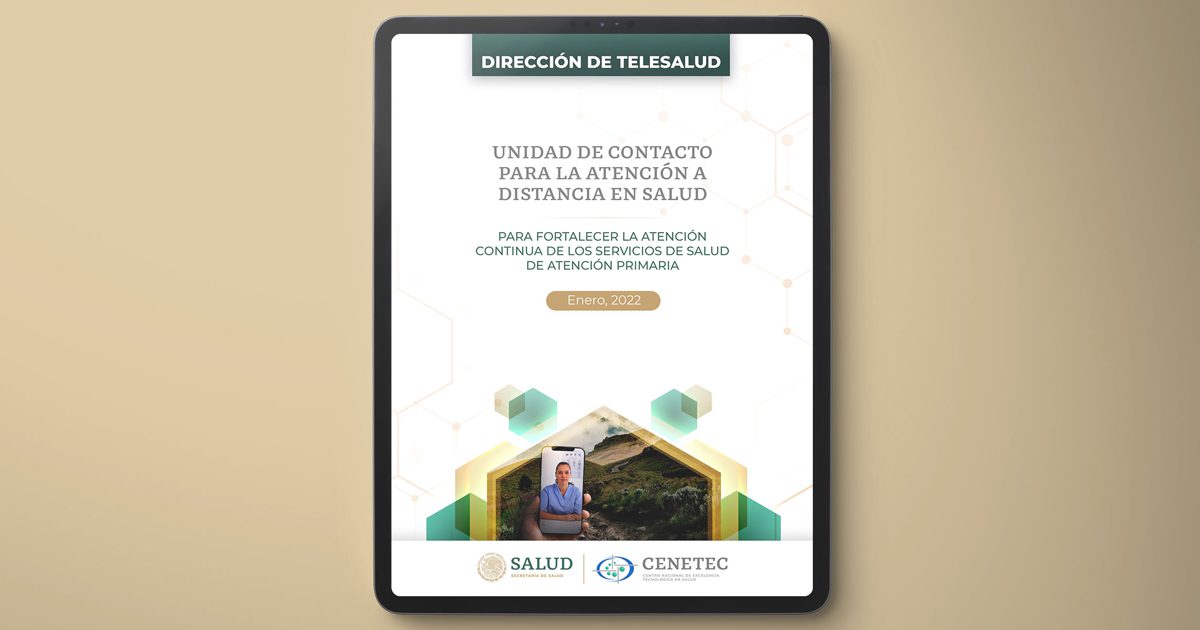
In this sense, the UCADS model seeks to establish a guide that supports the implementation of tools that strengthen the problem-solving capacity of health professionals, mainly those who work in primary care centers.
The model includes various remote care services such as teleconsultations, consultancies, teleinterconsultations or disease monitoring. All this from complex devices such as telemedicine systems with integrated biomedical equipment or electronic files to conventional mobile phones.
Regarding health actions, the objective of the UCADS is to address the main health problems in Mexico:
- Care of women during pregnancy, childbirth and puerperium, and of the newborn person.
- Medical care for patients with chronic non-communicable diseases:
- Overweight and obesity
- Non-communicable diseases
- Mental health and addiction care
- communicable diseases
On the other hand, remote health services include: triage, consultation, medical advice, consultation, follow-up, diagnostic interpretation, visit pass, health promotion and prevention, mentoring, education and coordination of services.
Learn more about the UCADS model at the following link: https://cenetec-difusion.com/observatoriotelesalud/wp-content/uploads/2022/03/Documento-Tecnico-para-la-UCADS.pdf
